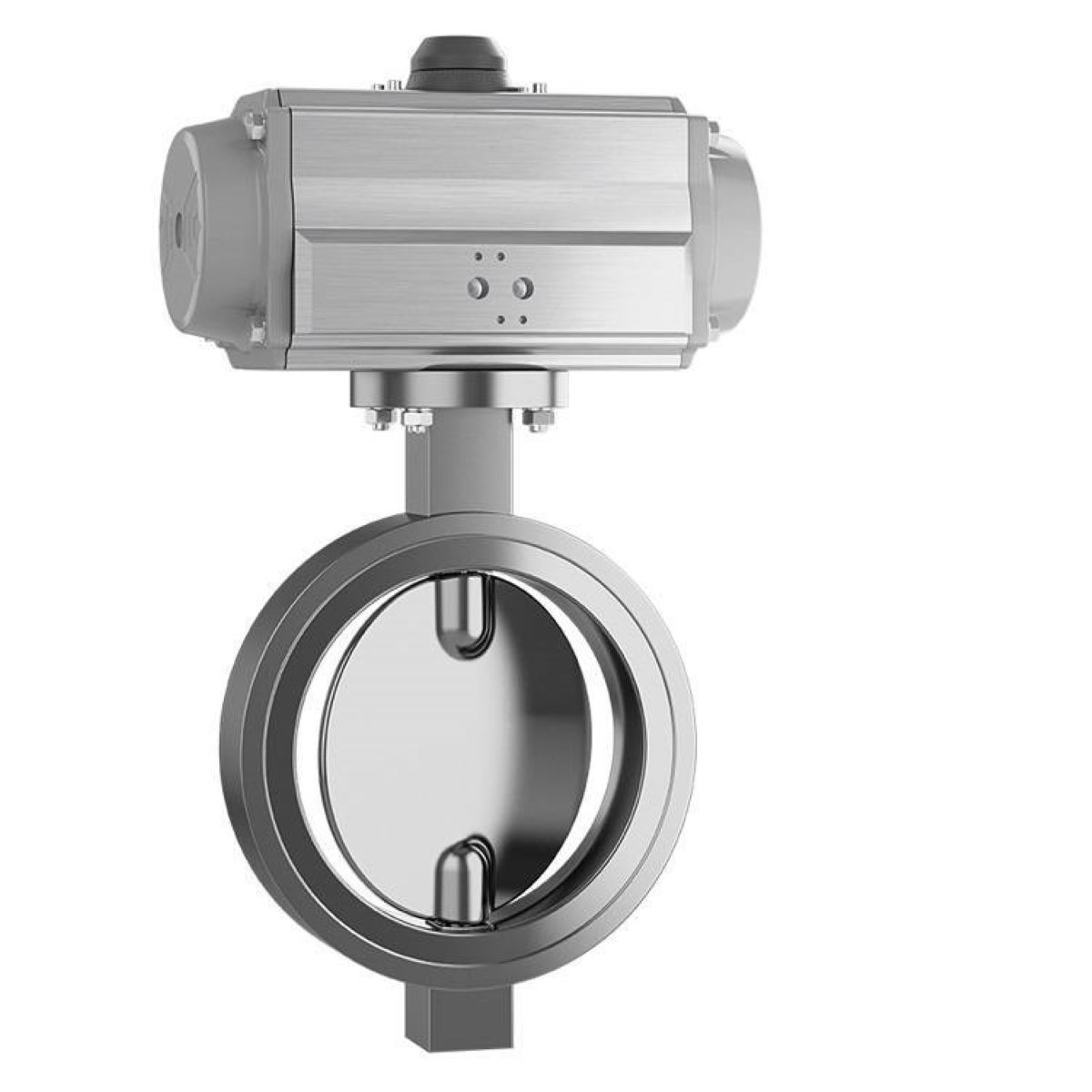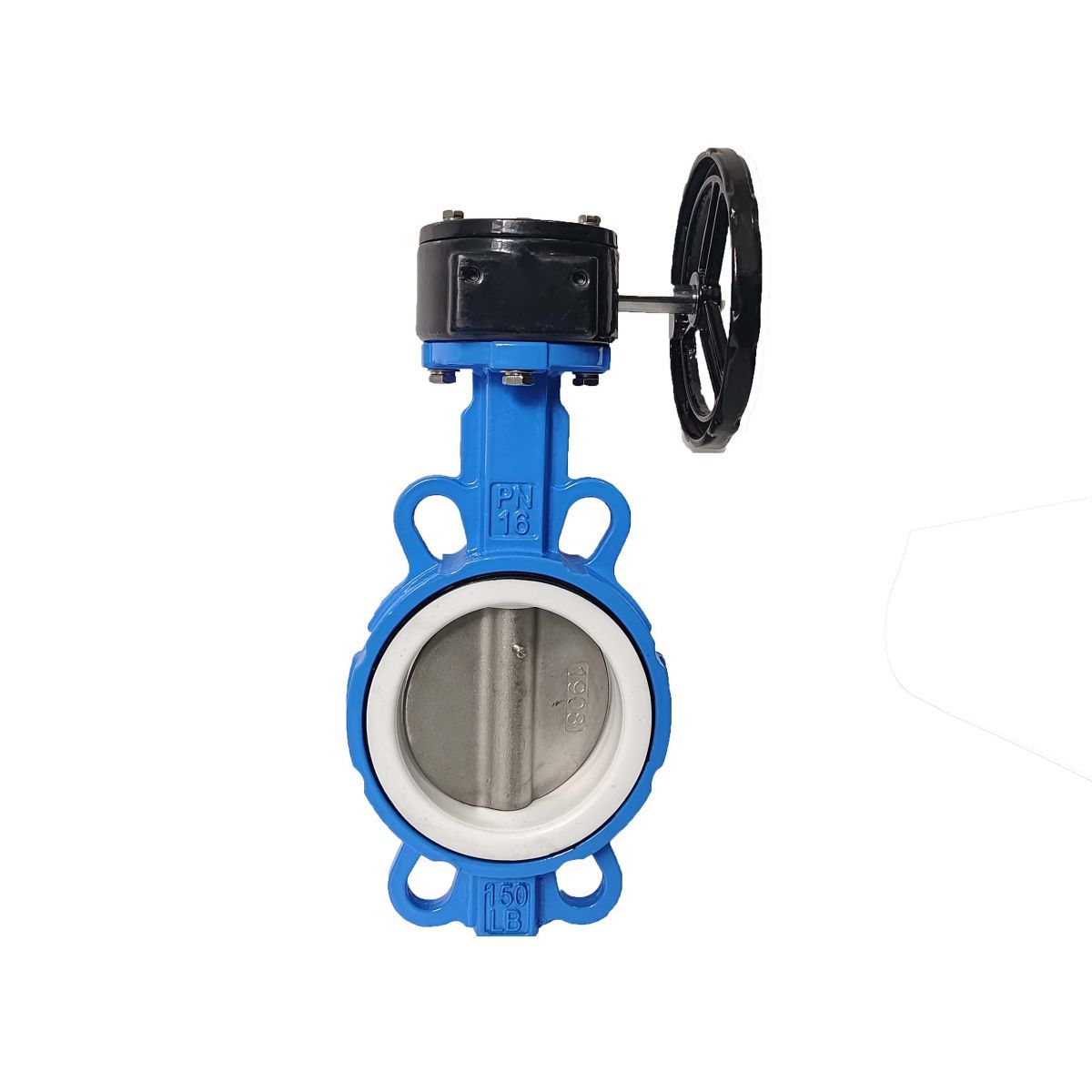Introduction
Butterfly valves play a crucial role in modern water engineering—from municipal pipelines and wastewater treatment plants to industrial circulation and building water systems. Their compact size, simple structure, and excellent cost-performance ratio make them widely used in both basic shutoff applications and automated control systems.
However, selecting the right butterfly valve requires more than choosing a size or material. Engineers must evaluate pressure levels, fluid characteristics, valve structure, operational frequency, installation constraints, actuation method, and long-term durability. When these factors are considered together, the result is a system that operates efficiently, remains reliable, and requires less maintenance throughout its lifecycle.
Choosing the Right Valve Structure
Although butterfly valves look similar on the outside, the internal structure determines sealing performance and overall durability.
Concentric Design
The most common structure is the concentric butterfly valve, where the disc and shaft share the same centerline. It is cost-effective, works well with soft-seat sealing, and is ideal for low-pressure systems such as municipal water networks and HVAC applications.
Double-Eccentric Design
For higher pressure or frequent operation, the double-eccentric type becomes more suitable. The offset design reduces friction during opening and closing, improving sealing performance and extending service life. This makes it a reliable choice for industrial water systems or pipelines with continuous cycling.
Triple-Eccentric Design
When operating conditions become tougher—whether due to high temperature, high pressure, or corrosive media—the triple-eccentric butterfly valve stands out. Its metal-to-metal sealing and friction-free design ensure reliable closing force and long-term performance, even in demanding engineering environments.
Actuation: Manual or Automated?
The choice of actuation heavily shapes system behavior.
Manual valves are simple and cost-effective, making them ideal for small pipelines or systems that require only occasional adjustments. Electric actuators, however, offer precise flow control and integrate easily with PLC and SCADA systems, which is why they’re commonly used in automated water treatment facilities.
For scenarios that demand fast response or emergency shutoff—especially in large-diameter or high-torque pipelines—pneumatic actuators often provide the best balance between speed, safety, and operational reliability.
Sealing Materials and Their Application
Sealing materials directly influence leakage performance and compatibility with water quality.
Soft seals such as EPDM, NBR, and PTFE provide excellent tightness and corrosion resistance. Because of this, they are widely used in clean water, drinking water, and low- to medium-pressure systems.
Metal seals, on the other hand, are designed for environments involving higher pressure, abrasive particles, or elevated temperatures. While they require a more complex structure to maintain sealing performance, they deliver superior durability and reliability under harsh conditions.
Connection Methods and Installation Considerations
Connection types determine installation stability and ease of maintenance.
Wafer-type butterfly valves are lightweight, economical, and suitable for tight installation spaces. Flanged valves offer stronger mechanical stability and are preferred for larger diameters or high-pressure systems. In contrast, clamp or grooved connections provide quick installation and removal, making them popular for temporary projects or applications requiring frequent maintenance.
Material Selection for Durability and Compatibility
Material selection plays a critical role in long-term performance.
Ductile iron is the most common choice for water systems due to its strength and affordability. Carbon steel handles higher pressure but requires protective coatings to prevent corrosion. When dealing with corrosive fluids or drinking water, stainless steel—especially 304 or 316—becomes ideal thanks to its hygiene and durability.
For low-pressure or lightweight installations, UPVC or CPVC may be used, while corrosive or chemically treated water systems may require PTFE-lined valves or special alloys for enhanced resistance.
Pressure, Flow, and Valve Sizing
To ensure system stability, butterfly valves must meet or exceed the system’s maximum working pressure. Municipal water systems typically use PN10 or PN16 ratings, while industrial applications or high-rise buildings may require PN25 or higher.
Flow velocity also matters. Keeping velocity below 5 m/s helps avoid cavitation and erosion. If the system carries raw water or suspended solids, an even lower velocity may be necessary to protect both the valve and the pipeline.
Understanding Water Quality and Fluid Characteristics
Water quality affects nearly every aspect of valve selection.
Temperature, sediment content, chemical additives, and pH all influence which structure and sealing materials are most suitable. For instance, raw or abrasive water benefits from metal-seated designs, while clean or drinking water applications typically use soft seals. High-temperature systems or desalination processes often require triple-eccentric structures or special linings to maintain long-term reliability.
Automation Compatibility and System Integration
If automation is required, the butterfly valve must match actuator torque, signal type, and environmental conditions.
Factors such as control mode (ON/OFF, 4–20 mA, Modbus), humidity exposure, operating temperature, and maintenance access must be considered carefully. Ensuring compatibility between valve and actuator helps prevent operational failures and increases system longevity.
Standards, Safety, and Compliance
Compliance with international standards ensures quality and simplifies project approval. Standards such as ISO 5752, EN 593, API 609, AWWA C504/C516, and NSF/ANSI 61 define requirements for dimensions, materials, and safety. Selecting butterfly valves that meet these certifications reduces risks and ensures consistent performance.
Conclusion
Choosing the right butterfly valve for a water system involves understanding how structure, sealing, materials, actuation, and installation methods interact under real operating conditions. By evaluating each of these factors and aligning them with project needs, engineers can create a system that is both efficient and durable. A well-matched butterfly valve not only ensures reliable flow control but also reduces maintenance costs and improves system safety over time.
Post time: Nov-19-2025



